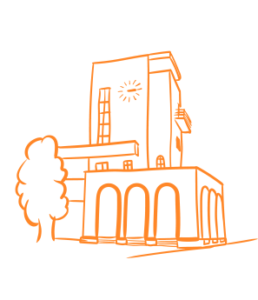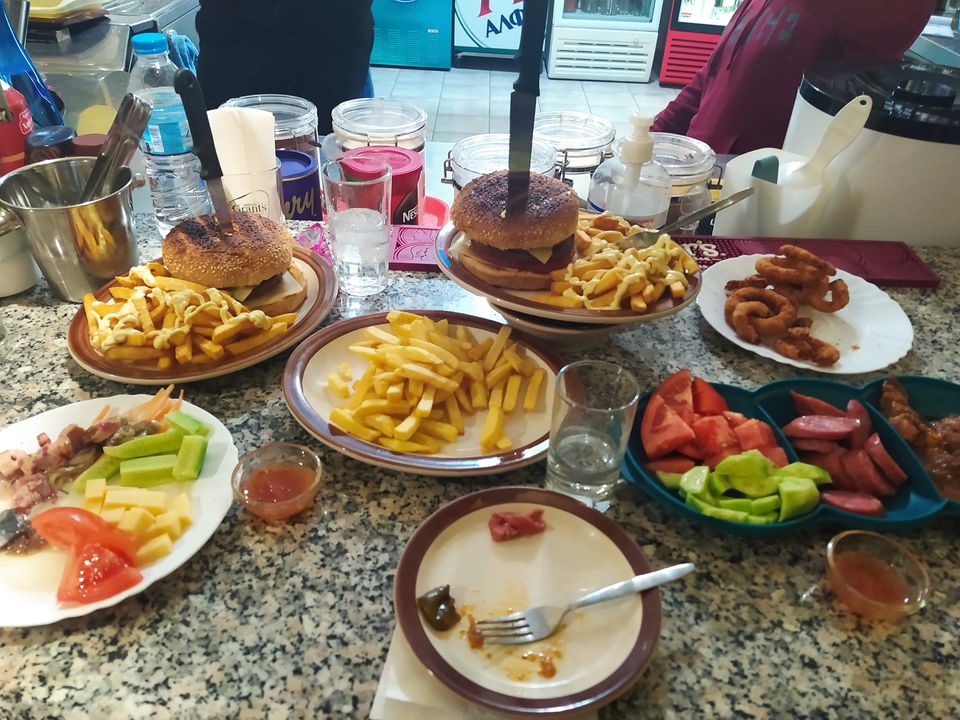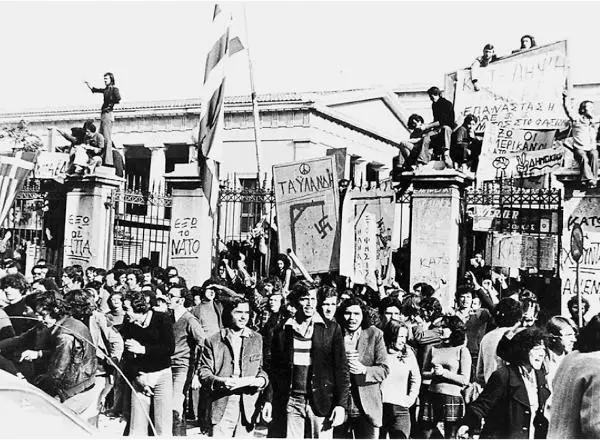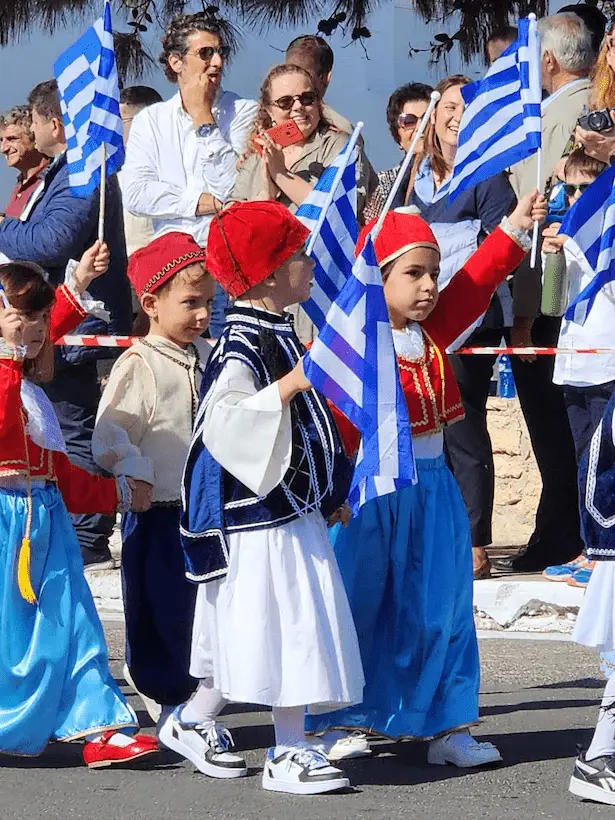I vividly recall the children’s words in Lychnari as I enter Leros from the sea: there was once a single light in the night, shining like a beacon, and as the ship approached, it drew me in and guided me to the “demonic fortress.” This small light is vulnerable but persistent.
A strange island, a sensual fortress, a safe and self-sufficient Aegean configuration.
Arriving on the island -as a stranger- you may not expect much. You may not even see much.
But staying there, the beings of Leros -the nature of the place, the architectural events, its people- begin to appear slowly, nestled in its “strongholds.” There is a healing land that accepts and protects diversity in a natural and peaceful way.
Scattered among the fields and countryside, the rectangular and Doric dwellings agricultural houses reach the edges of the settlements, where the buildings grow larger and taller: the urban houses. With the same urban roots and neoclassical influences, the mansions, which are more prominent and larger, are often the summer houses of the Lerians of Egypt.
In Leros, however, there seems to be an extra twist in history, a unique enclave of a different, protective “fortified” history, starting from the defensive vernacular houses, the towers -rare and beautiful- to the network of gun batteries on the ridges.
Lakki is a separate chapter, constituting an integrated urban design model. From 1912 to 1943, Leros was an important Italian naval and air base due to its location and unique morphology. In Lakki, a new city was created with modern urban planning and architecture, pioneering throughout Europe. Today Lakki is one of the most representative examples of Italian rationalism wonderfully adapted to the Greek “micro-scale”.
Outside the unique urban fabric of Lakki, the huge buildings for the local scale that the Italians left behind stand empty and impressive. After their incorporation into Greece, they were used to meet all kinds of mass needs: thus, Leros successively and without respite houses the Royal Technical Schools, the large public psychiatric hospital, the detention camps during the dictatorship, and today, the refugees.
Leros has a unique physiognomy for Greek data: its architectural diversity, cultural heritage, and the dynamism of its architectural and urban physiognomy are insurmountable.
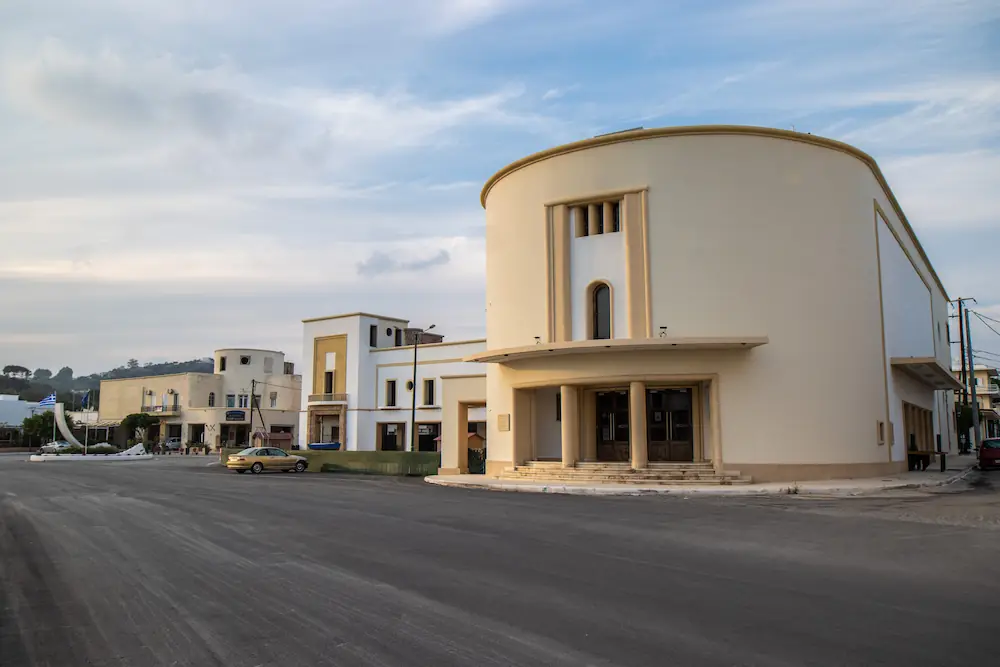
It is obvious that there is a distance in the relationship between the Lerians and the building stock. The obligatory ex-Italianism of the occupation, the war destructions, the prisons, and the asylum cast heavy shadows and sadness. In addition, any reference to the architecture of totalitarian systems is a kind of taboo.
It is not by chance, however, that in this place with the shadows, a persistent light burns and calls.
In this land, with its so painful and intense history, in the dug ground -literally and metaphorically- creation flourished, and the bright energy prevailed: here the political prisoners -including intellectuals and artists, such as Yannis Ritsos and the politician and rebel Manolis Glezos- painted from 1968 to 1971 in Agia Kyra, the tempting pulsating life, beyond our present: the religious scenes, with their simple and modern style, with figures inspired by fellow prisoners, locals and guards, captivate with their liveliness and immediacy.
On the highest peaks of Leros there are Italian anti-aircraft gun batteries. From their height, you can see the entire perimeter of the island. Some of the huge works include barracks buildings, underground water tanks and shelters, observatories, and gun bases.
In the heart of the war, soldiers painted wonderful works on the walls of these buildings, as well as strange inscriptions and paintings, which are still preserved today.
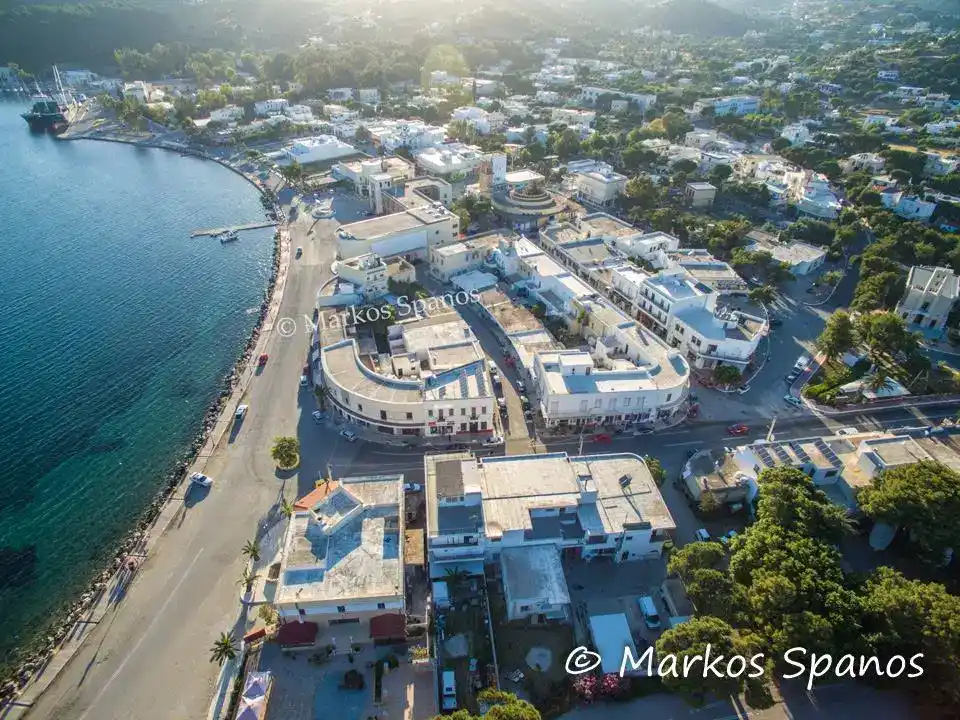
Leros, at this pivotal moment in time, we feel that it is a challenge for a development plan based on the island’s scale but has strategic influence and scope.
Combining the highlighting of the cultural heritage, the unique architectural and urban physiognomy, and historical tradition with innovative actions can also help economic development.
We deeply believe that this special presence of the island in the archipelago can be kept alive, and we are sure that it can attract the focused interest of specific groups and individuals and consequently give impetus to the local productive process.
This is not only in the brief summer tourism but also in services of special interest in many directions, which are currently in a “dormant” state, underperforming, and should be restarted. Services that ideally would spread over time throughout the year and would be related to what is conventionally called architectural, cultural, historical tourism, wellness therapies, diving, sailing, and hiking tourism.
Moreover, due to the tradition of the -now misunderstood- technical schools, we envision a modern, Mediterranean academy of specialized research and education in local techniques that will connect them with the artistic tradition that already exists on the island.
Leros is marvelous in that it is already home to international artists who, along with local creators and craftsmen, enjoy its unique atmosphere and project it in their creative narratives. Significant cultural associations for music, dance, and theater, initiatives, exhibitions, and events are present not only in the summer; life here is exciting all year round. Associations for the common good are thriving and creating.
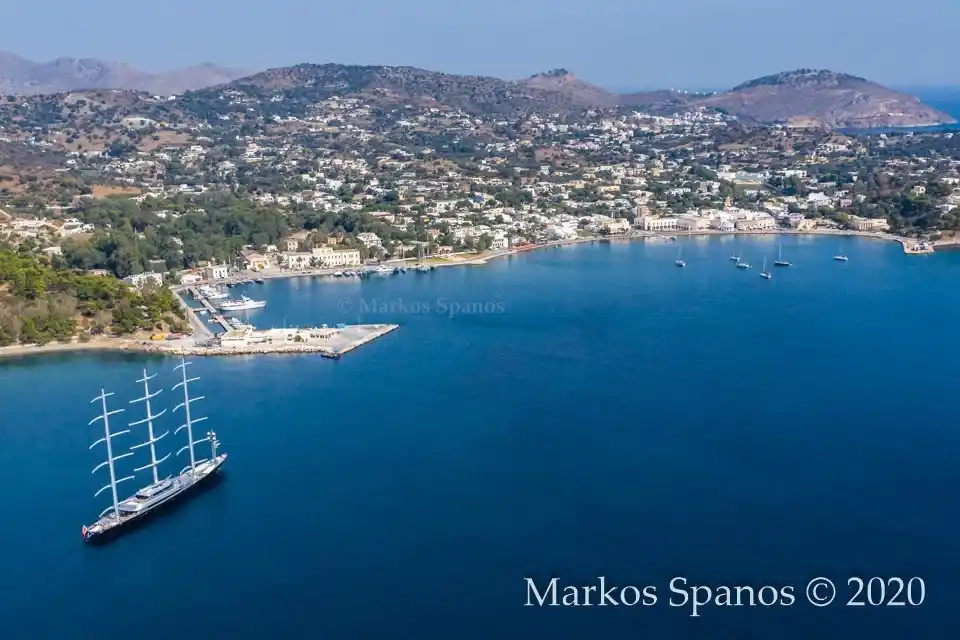
For us, at our design and architecture company Anaktae, Leros has unlocked a creative room that was closed in Athens. In this new space, Kyrios, our new creative entity born in Leros within its diversity, dynamism, and positive energy, has taken residence. Kyrios seems to have lived many lives and embodies the joy of life. He is simultaneously young, middle-aged, and a mentor; he is wise and calm, giving and approachable. We envision that with Kyrios, we will contribute to the mapping and the approach to the path for implementing a plan that combines dynamism and sensitivity.
There are many things that can be done, many networks – points that need to be connected, connections and relationships that we hope will flourish. However, what does not show when you arrive exists beneath the surface. Somewhere to the north, next to the ancient swamp, sinks the sanctuary of Artemis, who protected the fortified and wealthy Leros – with its wild hunting birds. It is below the surface, but it exists, and I vividly imagine its emergence. Every time I arrive, I see it.


